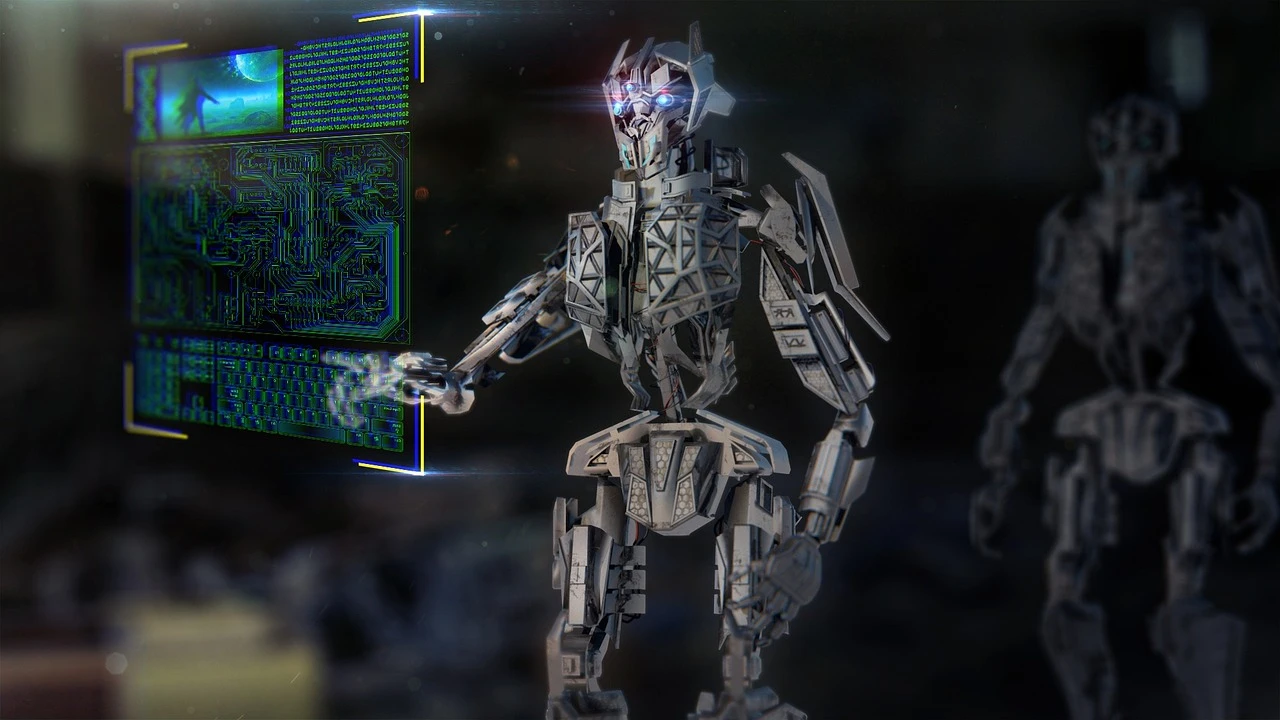Cybersecurity is an ever-growing problem as the world becomes increasingly digital. And as our technology becomes more sophisticated, so do cyber attacks.
AI technology is continually advancing and has become part of many people’s daily lives. It’s improving countless processes, including cybersecurity practices.
Find out how AI is improving cybersecurity, and how companies are rising to the challenges of cybersecurity attacks in the digital era.
AI-Driven Threat Detection
Traditional cybersecurity models needed to be programmed with threats and signatures to look out for. They are very good at preventing those, but far less helpful for things outside what they have been trained to detect. And that’s where Machine Learning comes in.
When understanding the difference between AI vs. Machine Learning, it’s crucial to know that Machine Learning refers to learning from past data, and is a subset of artificial intelligence. This means that AI systems can continually learn from data in real-time, much like how humans learn new information.
Rather than searching for a set collection of suspicious signatures, AI can track previously unseen patterns and detect new abnormalities far easier. This translates into real-time threat analysis that keeps you safe from a far wider range of cybersecurity risks.
AI cybersecurity systems require less manpower to monitor and don’t need to be constantly updated by always iterating and improving their security. Companies will need to use fewer resources manually searching for threats and writing code for specific situations.
Adaptive Cybersecurity Infrastructure
AI is transformative for threat detection because of its potential for pattern recognition. Using AI allows for massive amounts of data to be analyzed, meaning easier recognition of potential threats.
You can train AI on data sets that include up-to-date examples of malicious ware, abnormal behavior, and threats you have not yet encountered.
When it comes to keeping up with cybersecurity best practices, you’re sure to hear about adaptive AI. Machine Learning gives us adaptive AI that can change its own code as it encounters new data, such as suspicious signatures or abnormal use patterns.
Therefore, AI systems adapt by themselves and are responsive to threats. This not only helps with detection. It can also enable your cybersecurity system to dynamically allocate available resources to ward off threats rather than remaining static.
AI-Powered User Authentication
Our primary method of user authentication is passwords, which are a security nightmare. People reuse passwords across accounts no matter how many times they are warned not to, and regular password changes result in weaker passwords.
So we need to rethink how we approach user authentication, which is where AI provides a unique opportunity. We’re used to biometric authentication in the form of face locks and fingerprints, but an exciting alternative is behavioral biometrics.
This is a form of continual verification that tracks metrics such as keyboard strokes and device usage patterns. One substantial advantage of AI-powered behavioral biometrics is that it’s frictionless, requiring no manual input.
This is only possible through the use of algorithms trained on large datasets to produce precise results.
AI improves system security by more rigorous authentication processes that don’t require more effort from users. And this is crucial because if too much is demanded of the user, they will opt out of security measures, leaving them more vulnerable to cyber-attacks.
Predictive Cyber Risk Assessment
Because of large data sets, AI is set up to detect more threats than traditional systems, which are bound by their training data. This means that AI-power cybersecurity systems can pick up patterns and identify threats before an attack occurs.
This enables predictive assessments and preventative measures, a crucial development. The average global cost of data breaches is USD 4.45 million in 2023, a 15% increase from 2020. This means that predictive risk assessment that can prevent breaches is invaluable.
One issue in cybersecurity is that hackers are constantly evolving their techniques. Traditional software can block unknown or suspicious IPs, but hackers use proxy servers, Tor browsers, and VPNs. All the advancements in cybersecurity are also used by hackers to access valuable data.
And AI can continually take in and synthesize this data, understanding trends that are not visible to even the best security analysts.
It’s incredibly useful for preventing zero-day attacks, which target vulnerabilities before they have even been identified by developers. AI can scan both historical and current data to pre-emptively detect vulnerabilities.
Future Landscape of AI in Cybersecurity
With the impressive scope of what AI can do now, it’s impossible not to look forward to the future of AI in cybersecurity. As we continue to develop better AI models and AI continues to iterate, the future is vast and full of possibilities.
What’s emerging is the integration of AI with other advanced technologies like IoT and blockchain. An important element of AI in cybersecurity is in monitoring hardware and picking up faults before they cause a problem. As this technology advances, AI will become an integral part of the IoT.
Another fascinating avenue to pursue is the ethical principles of AI as we progress toward the reality of human-AI collaboration. It’s vital that we consider the practical and ethical implications of cutting-edge work being done on AI.


No comments yet